our mission is to bring elite-level expertise, bespoke athletic preparation and advanced injury rehab to those who need it
Who and What We’re Here For…
The services we offer can be summed up in three words:
develop
Physical and athletic development for fortify young bodies, equip kids with athletic skills and provide the support they require as they grow and mature.
prepare
Physical preparation and athletic skills coaching to elevate performance, achieve sporting goals and build resilience to stay in one piece!
return
Resolve sports injuries, break the injury cycle and equip you to return to doing what you love in a way that protects against further injury.
Achieve your performance goals
Coaching to Develop Athletic Performance (Performers of all ages)











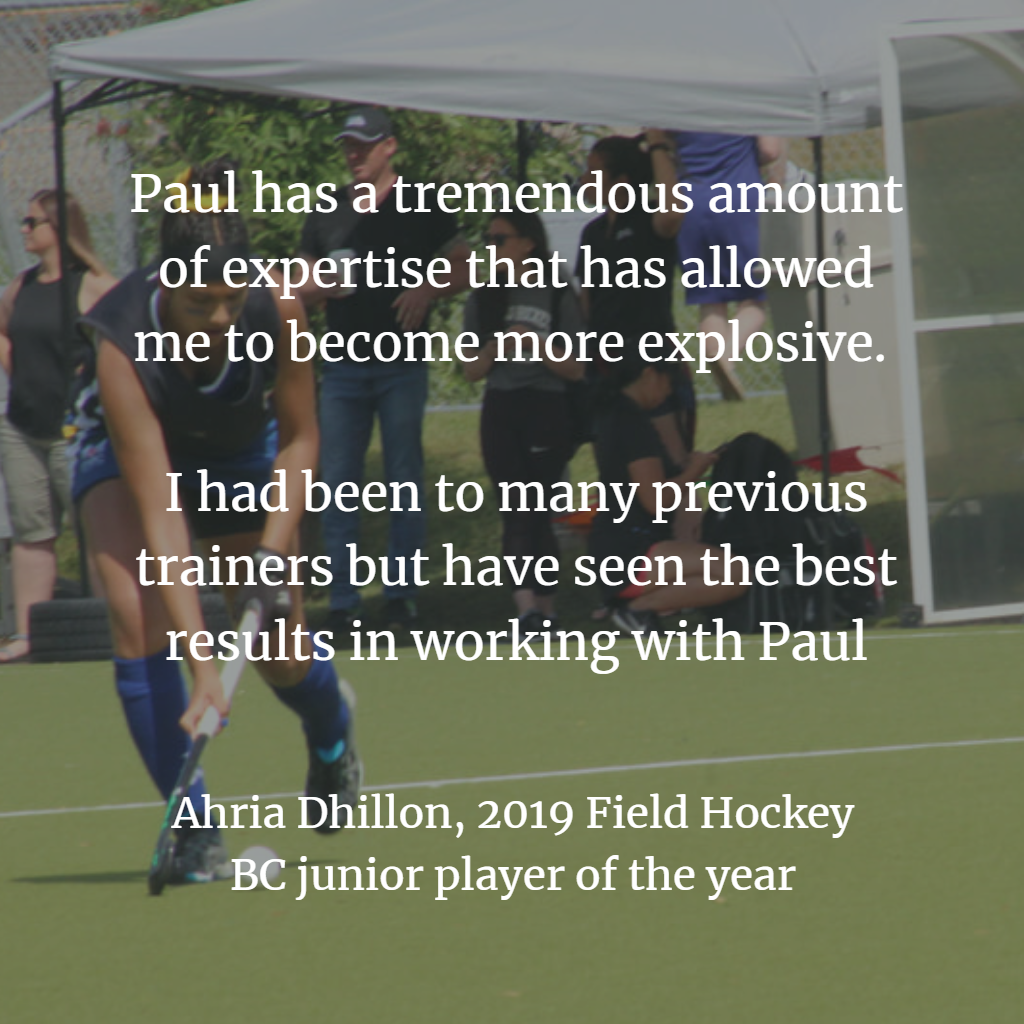
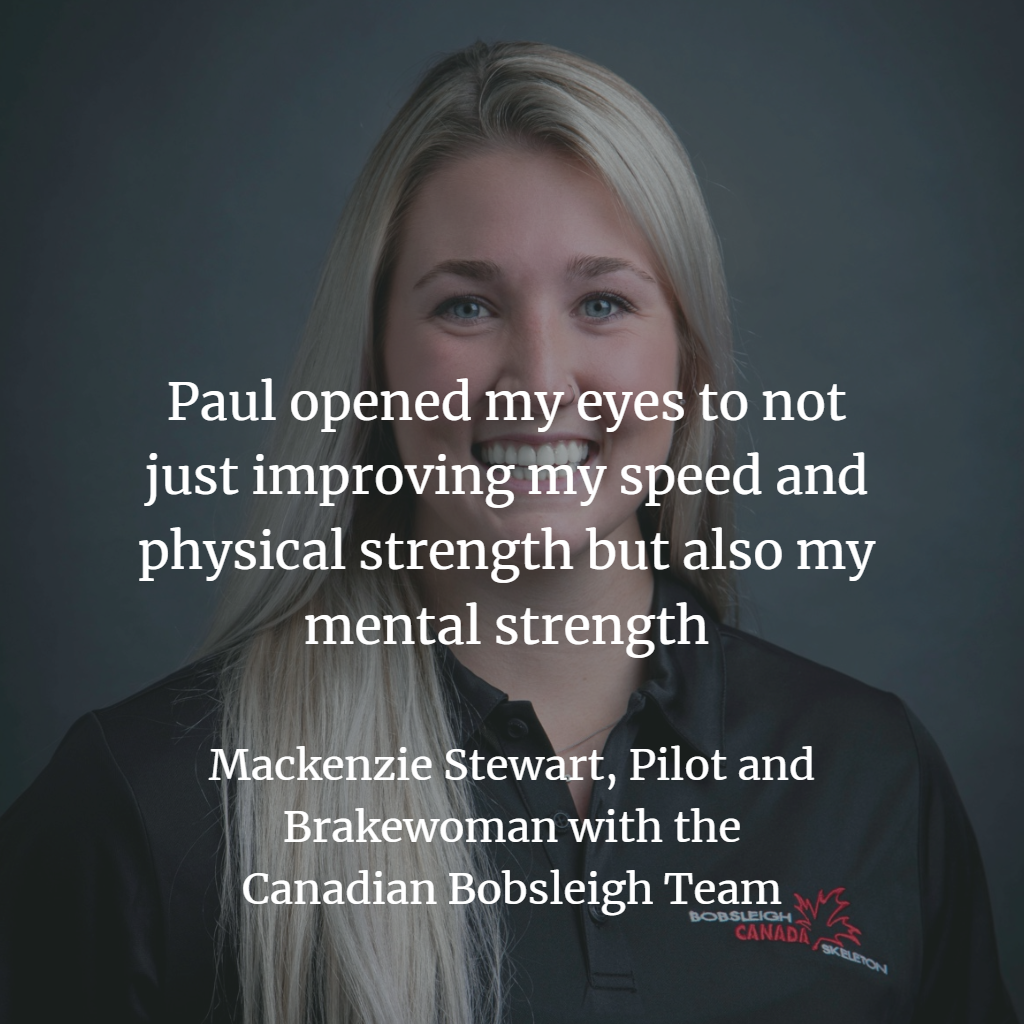
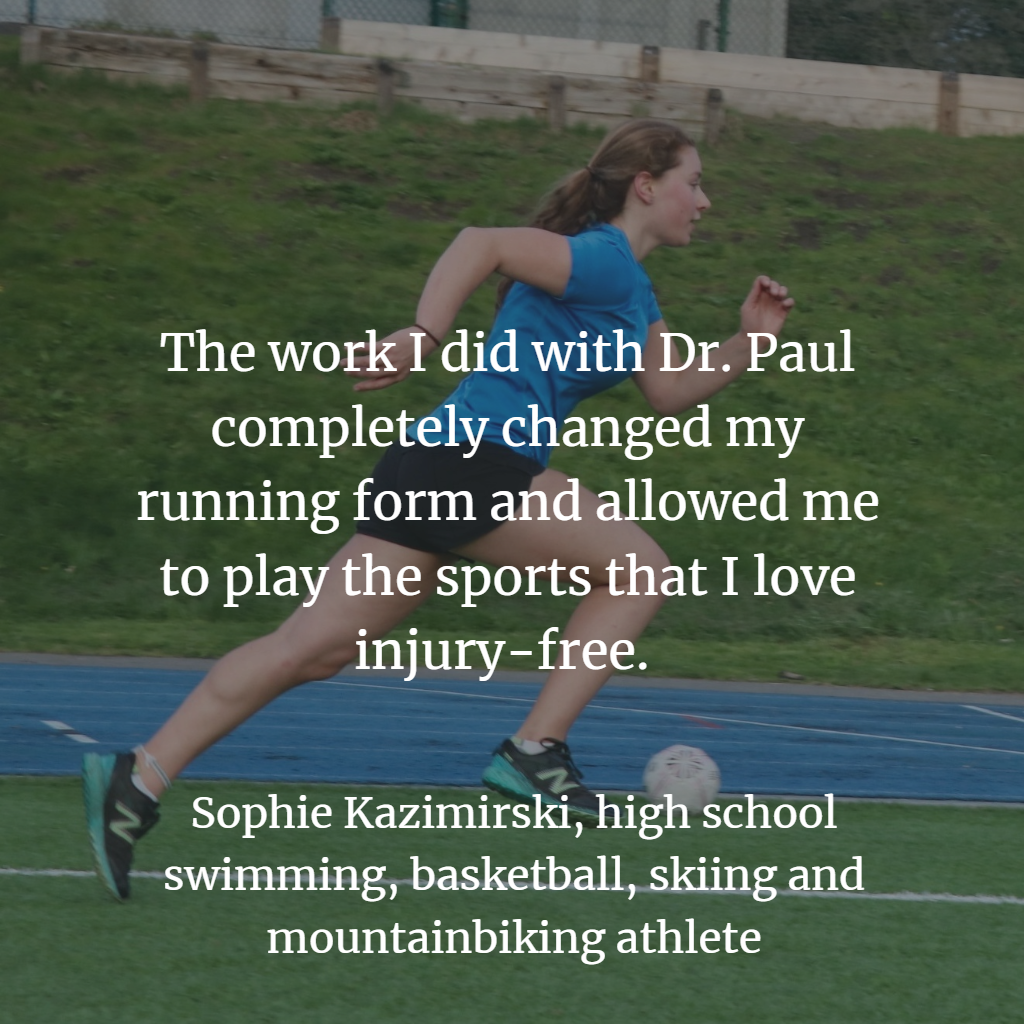
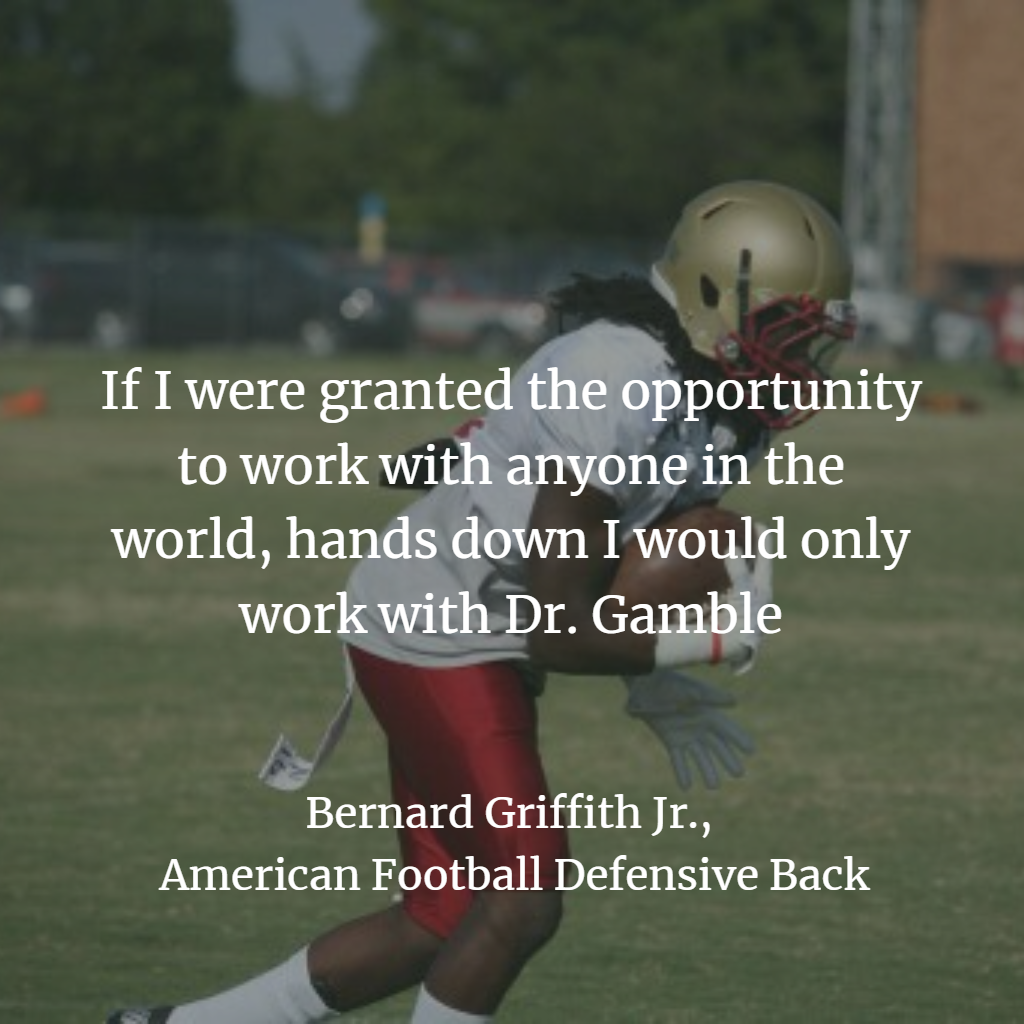
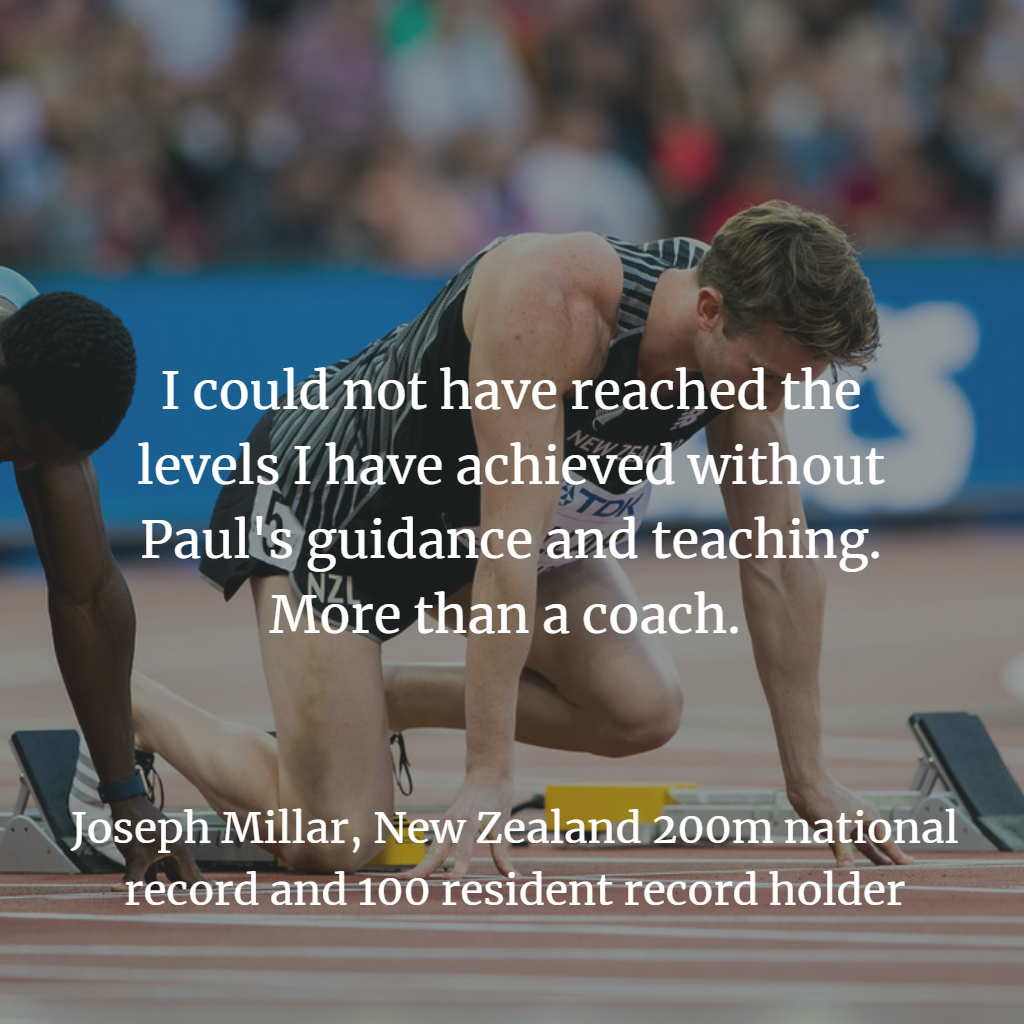
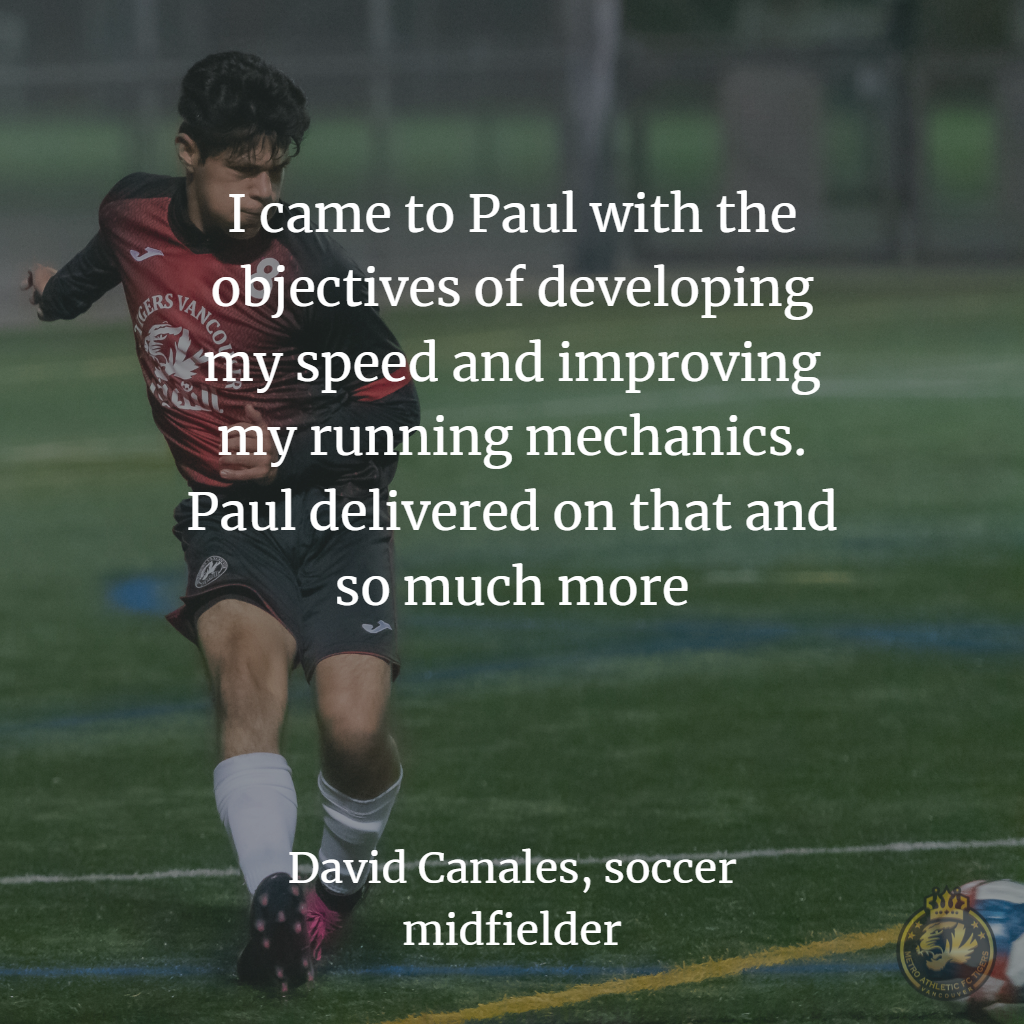














The parallels between coaching and parenting are striking and both of these elements naturally come together with youth sports. The concept of free-range kids popularised by author (and parent) Lenore Skenazy thus readily applies to how we coach young athletes (as well as sport parenting). In each case, free play and participating in unsupervised games are essential parts of how children and young athletes develop. Engaging in play is central to how we learn to navigate the world and engage with others. Voluntarily participating in games with others (without intervention from the grown ups) teaches kids how to conduct themselves and develops the capability to interact with peers in a competitive context and a cooperative manner. A less structured environment where the kids themselves decide the playing area and the rules of the game affords the opportunity to apply what they have learned, explore different tactics and engage in trial and error. As such, free play and unsupervised games are particularly rich in opportunities to acquire and adapt sport skills and develop game sense. Given the myriad benefits and the essential role that these opportunities play in developing adept athletes and capable humans, it seems baffling that they are systematically being eliminated with today’s youth. So here we will make the case for applying the free-range perspective to rethink youth sports participation and talent development in a way that fosters engagement and creates self-reliant athletes.